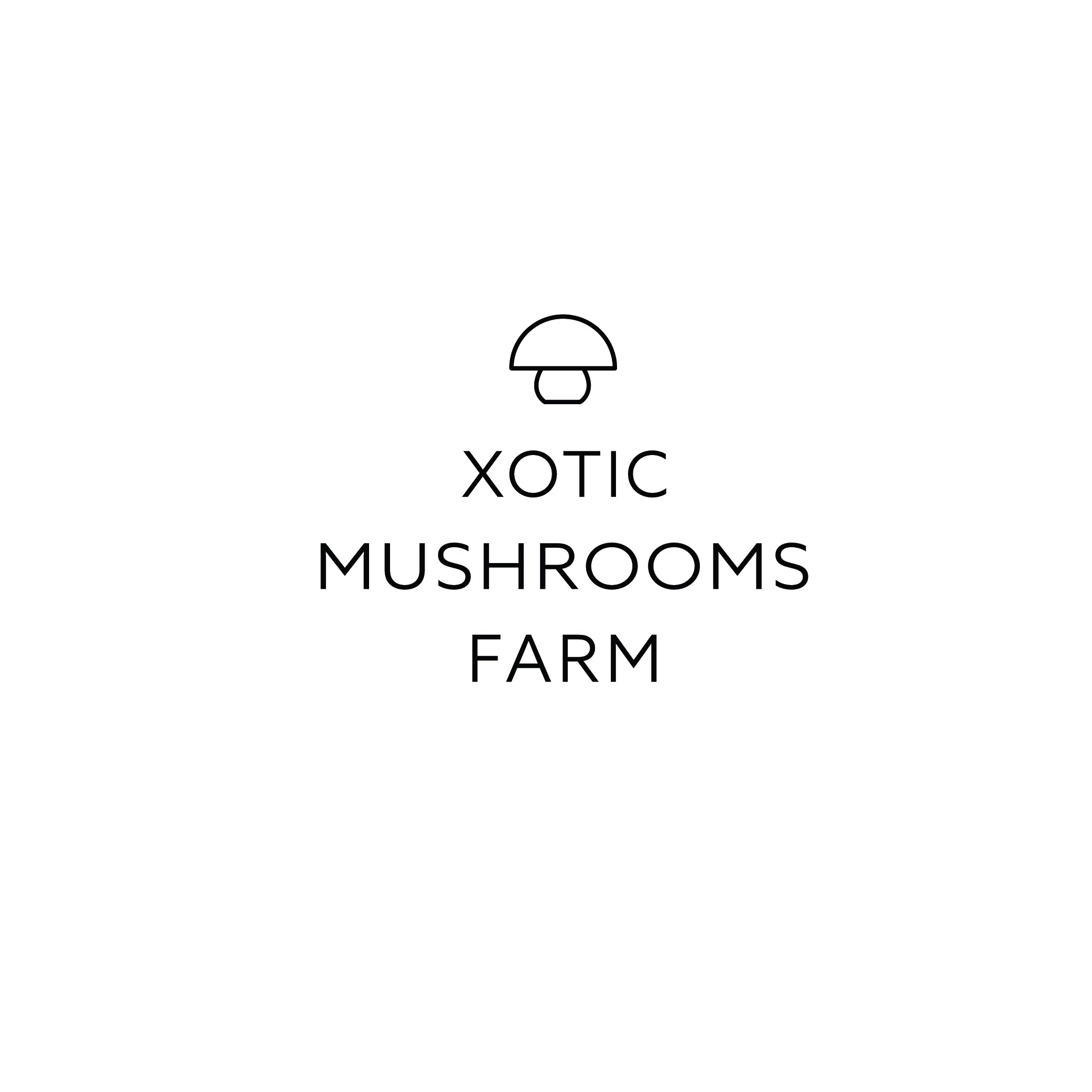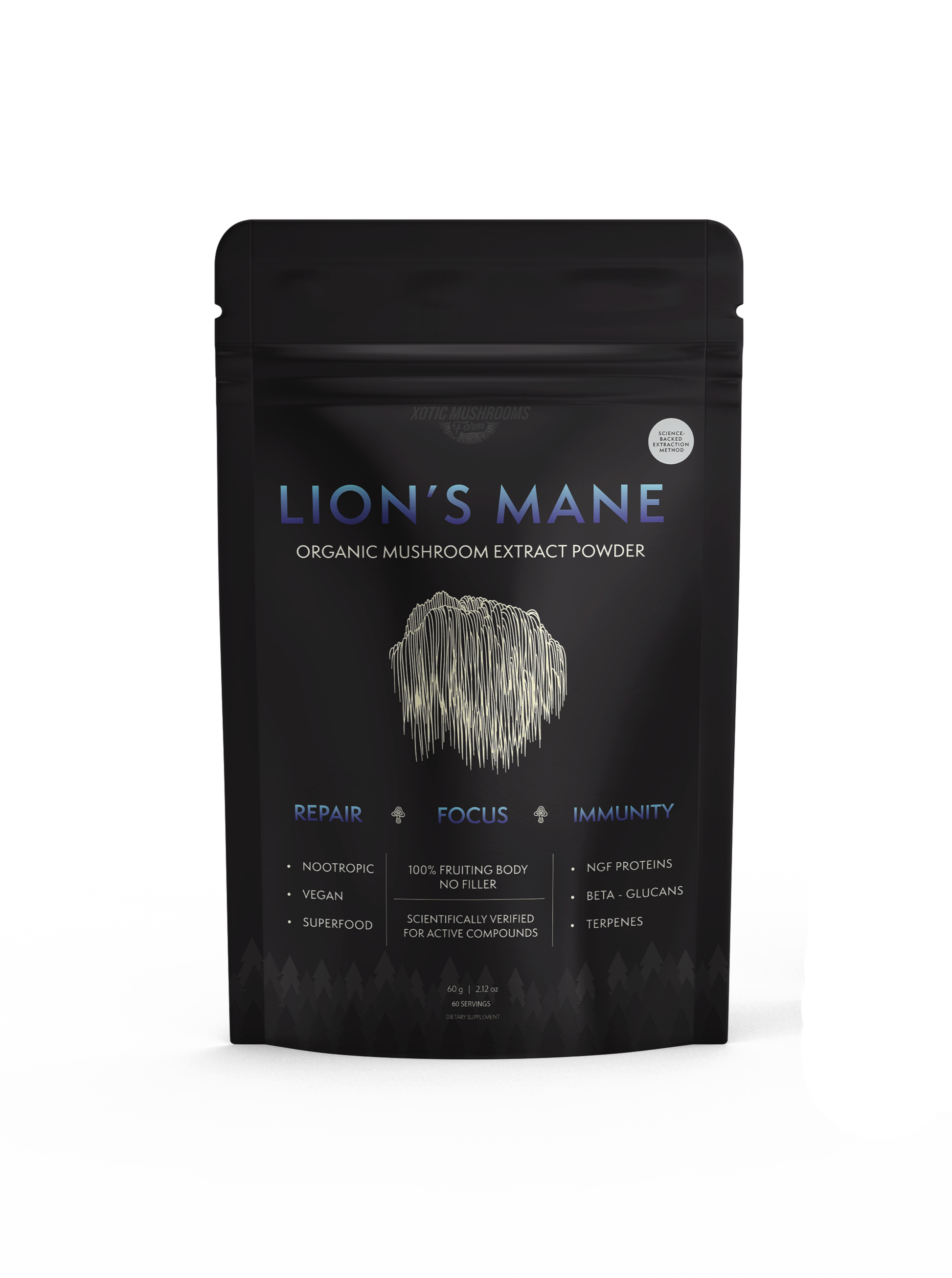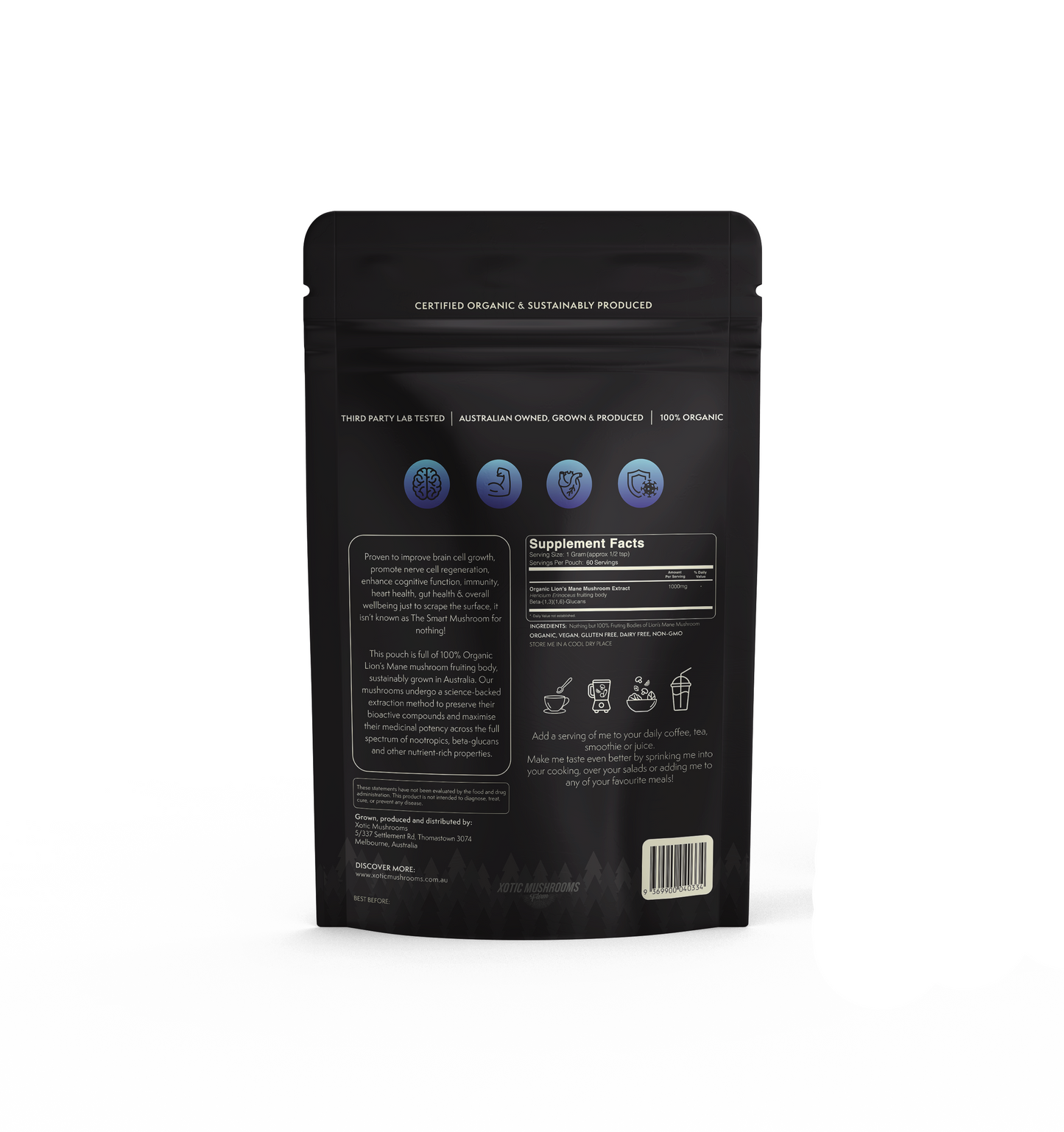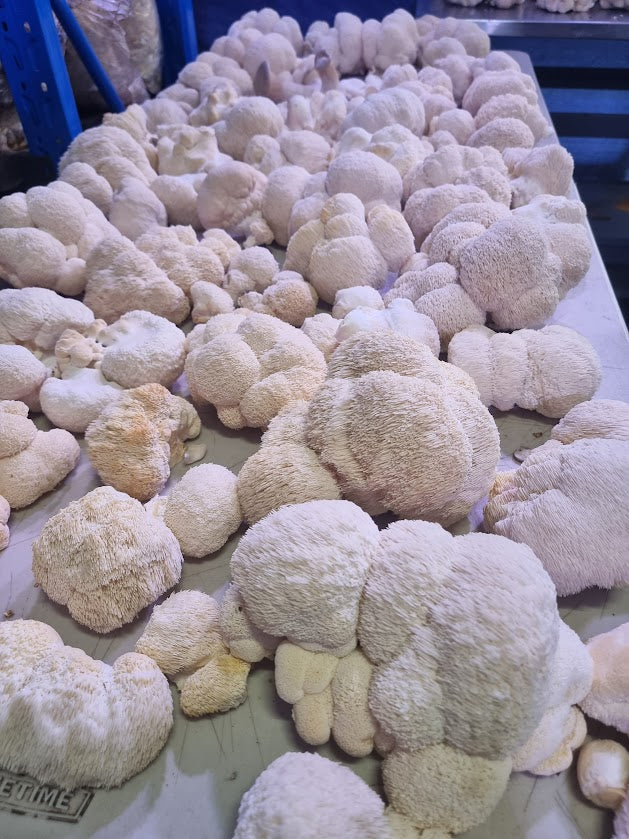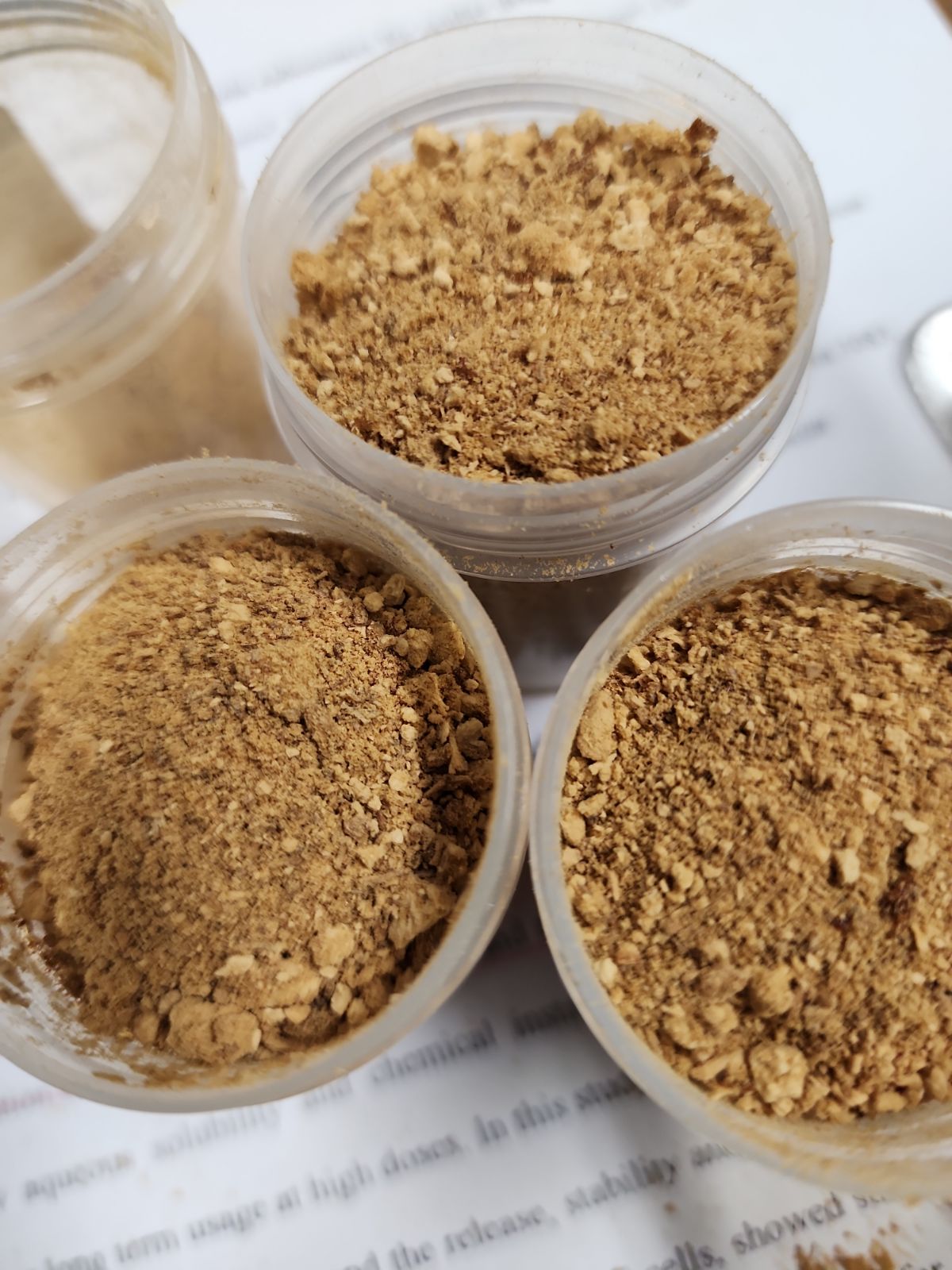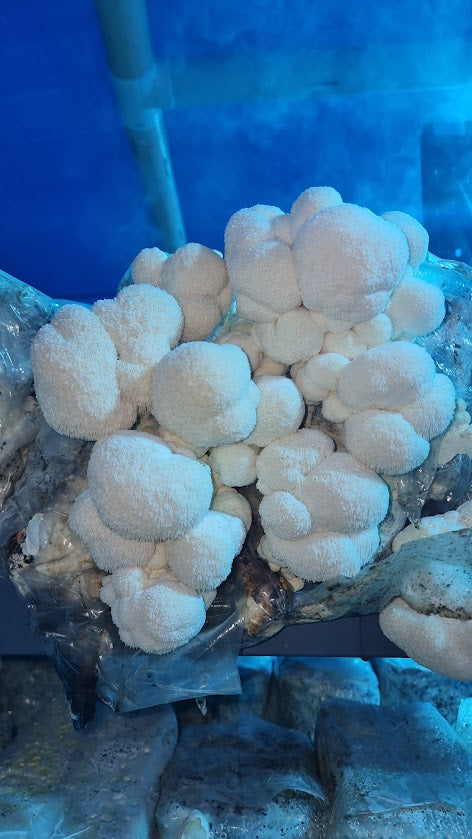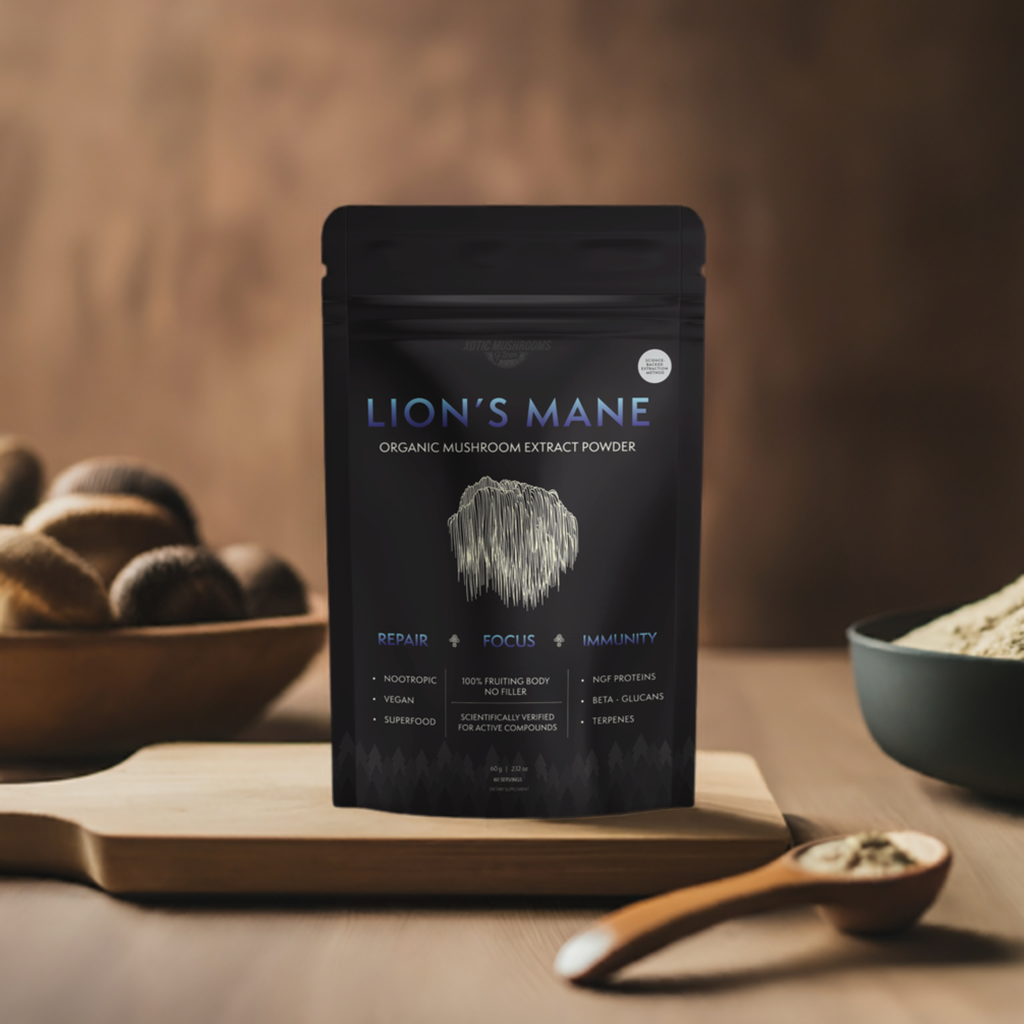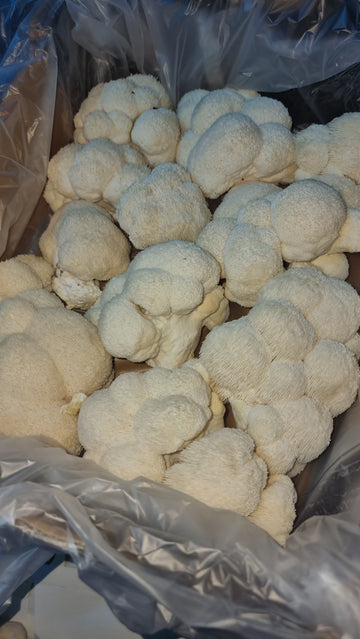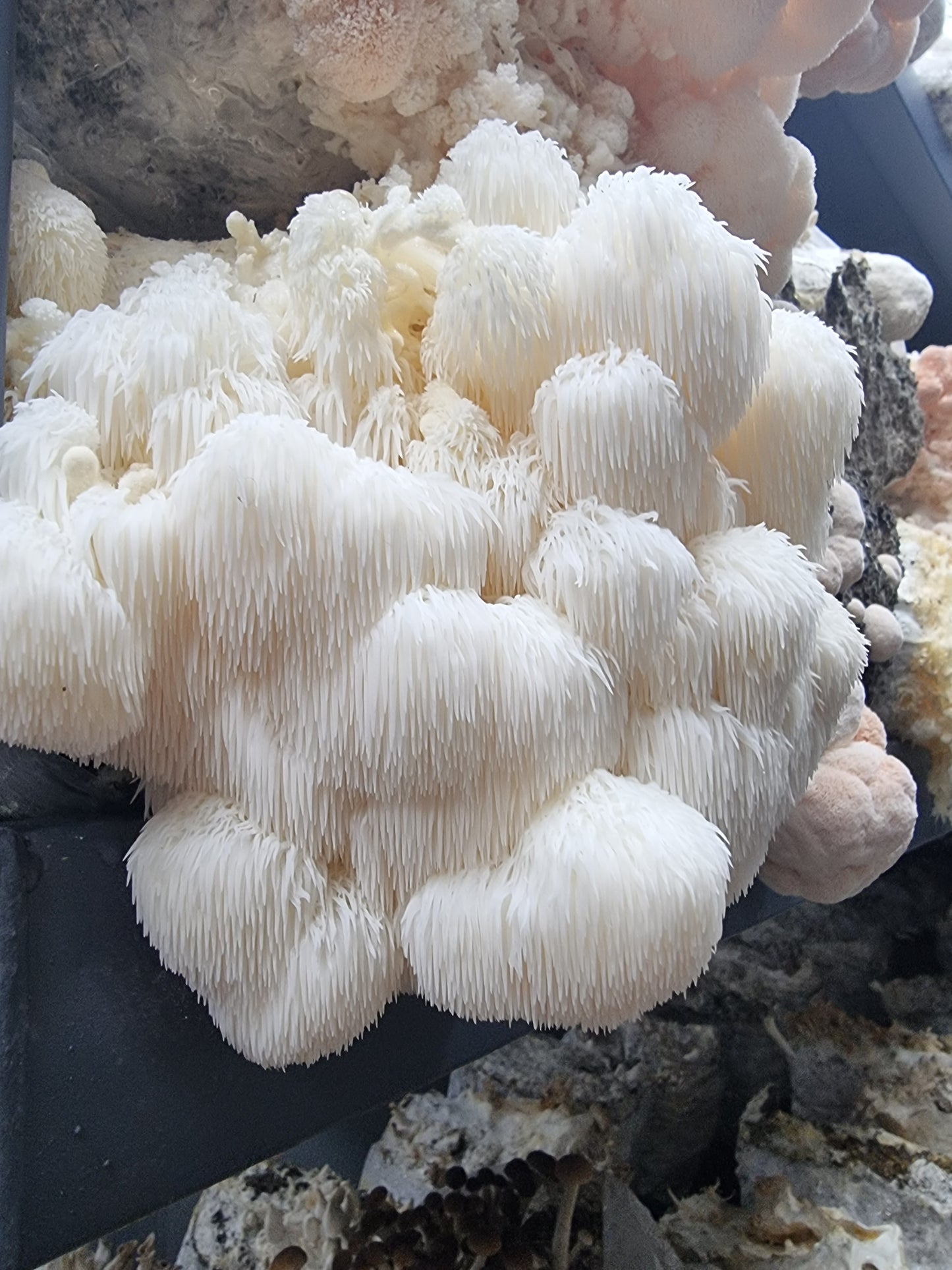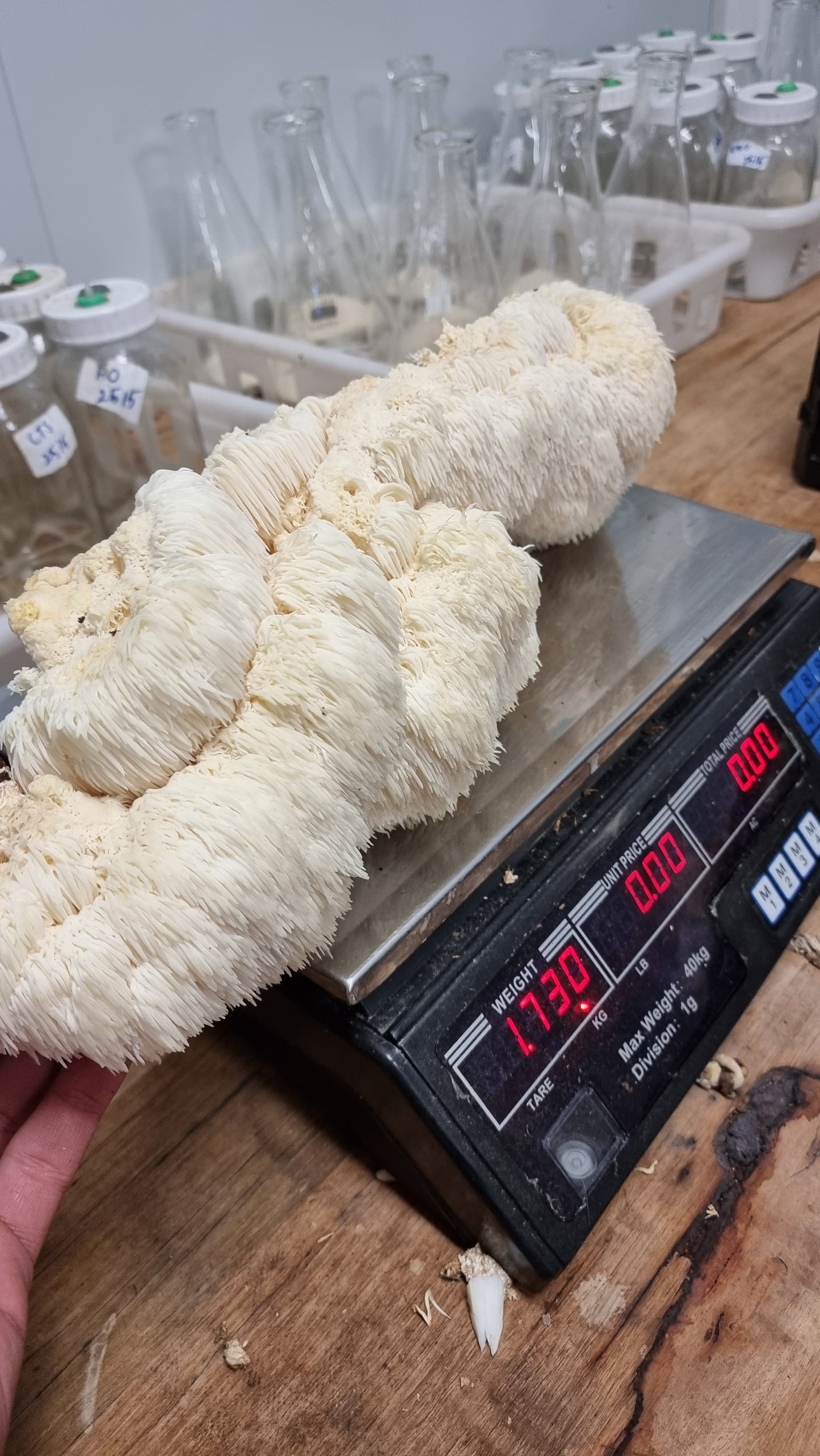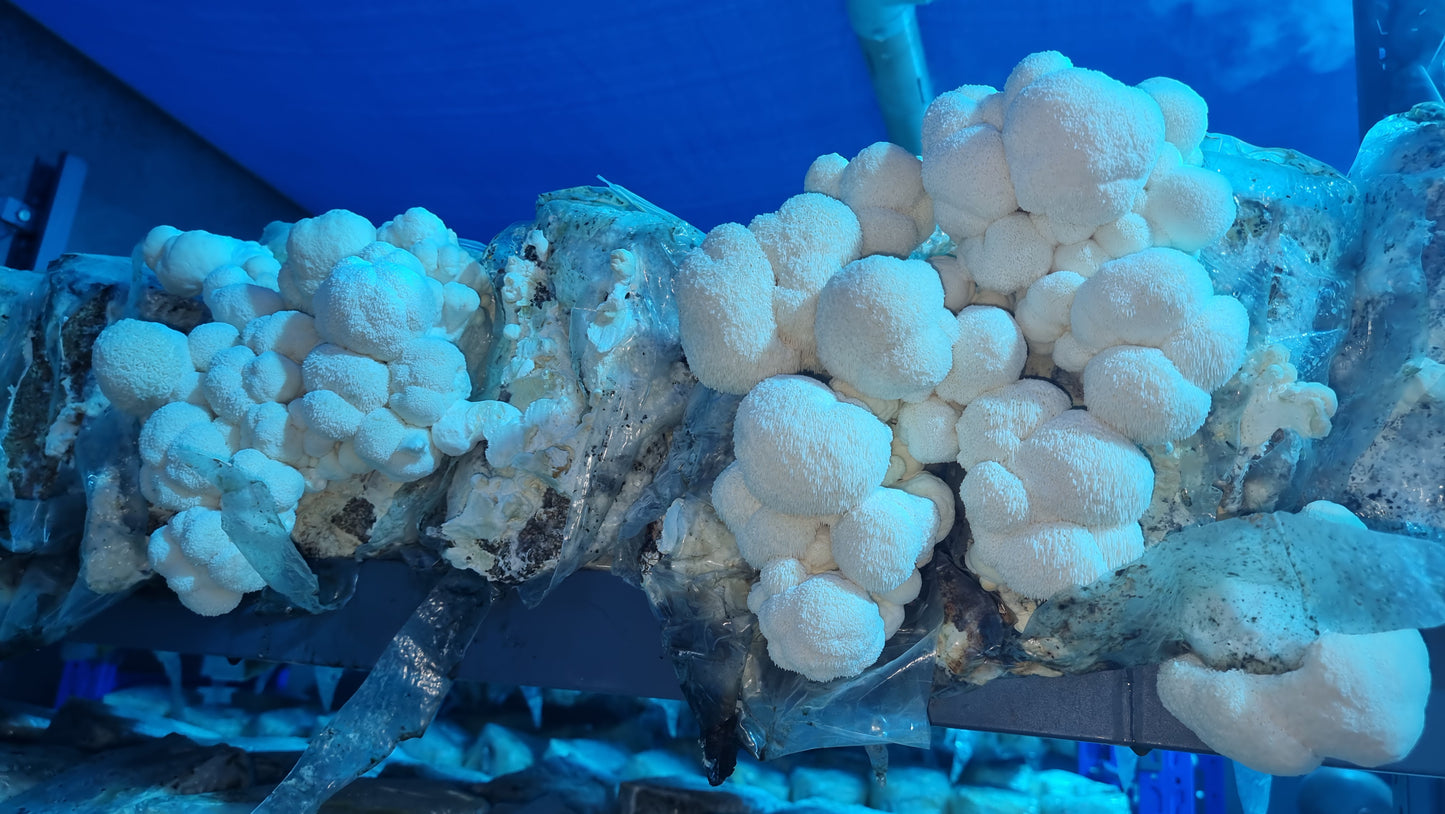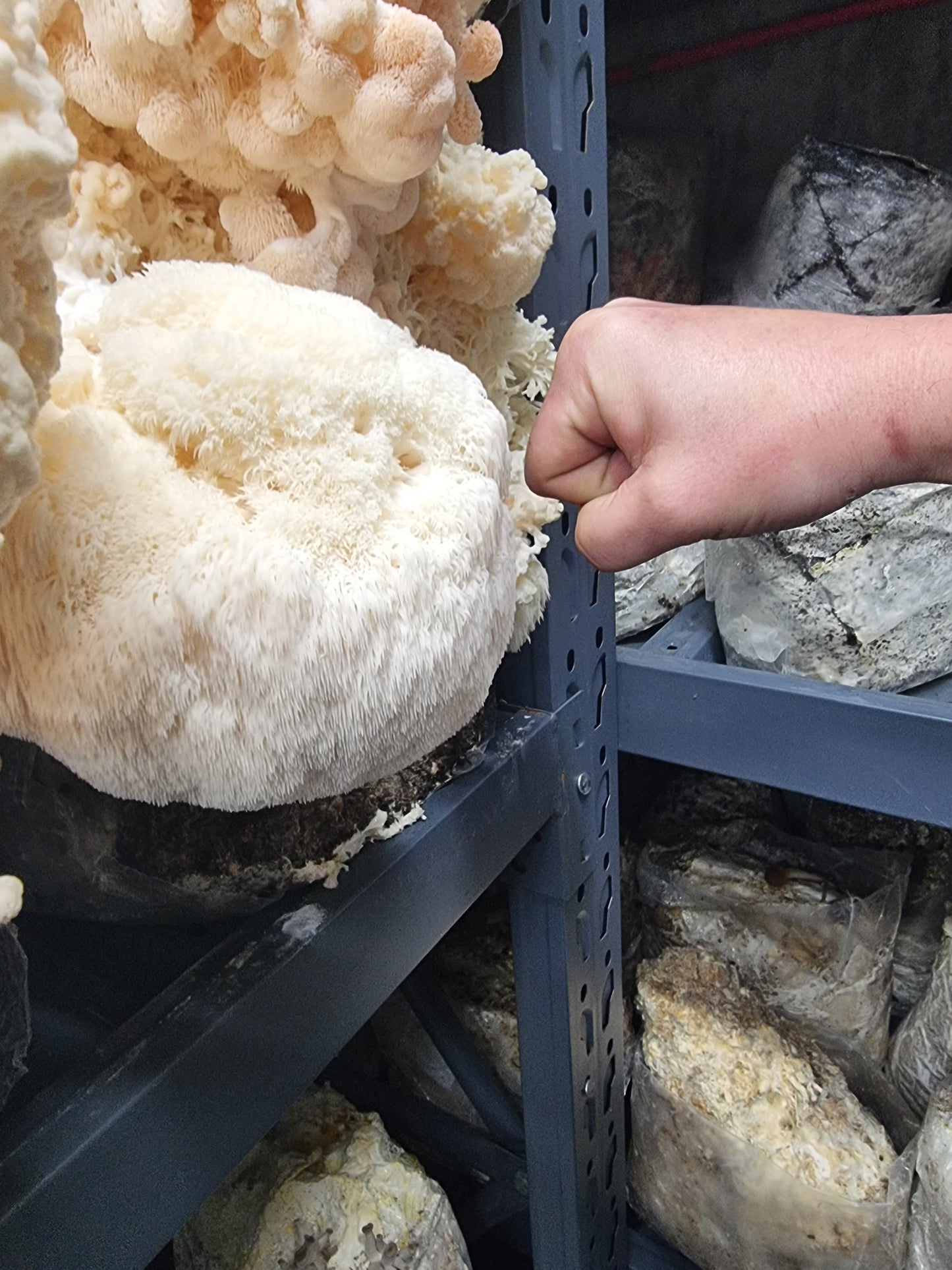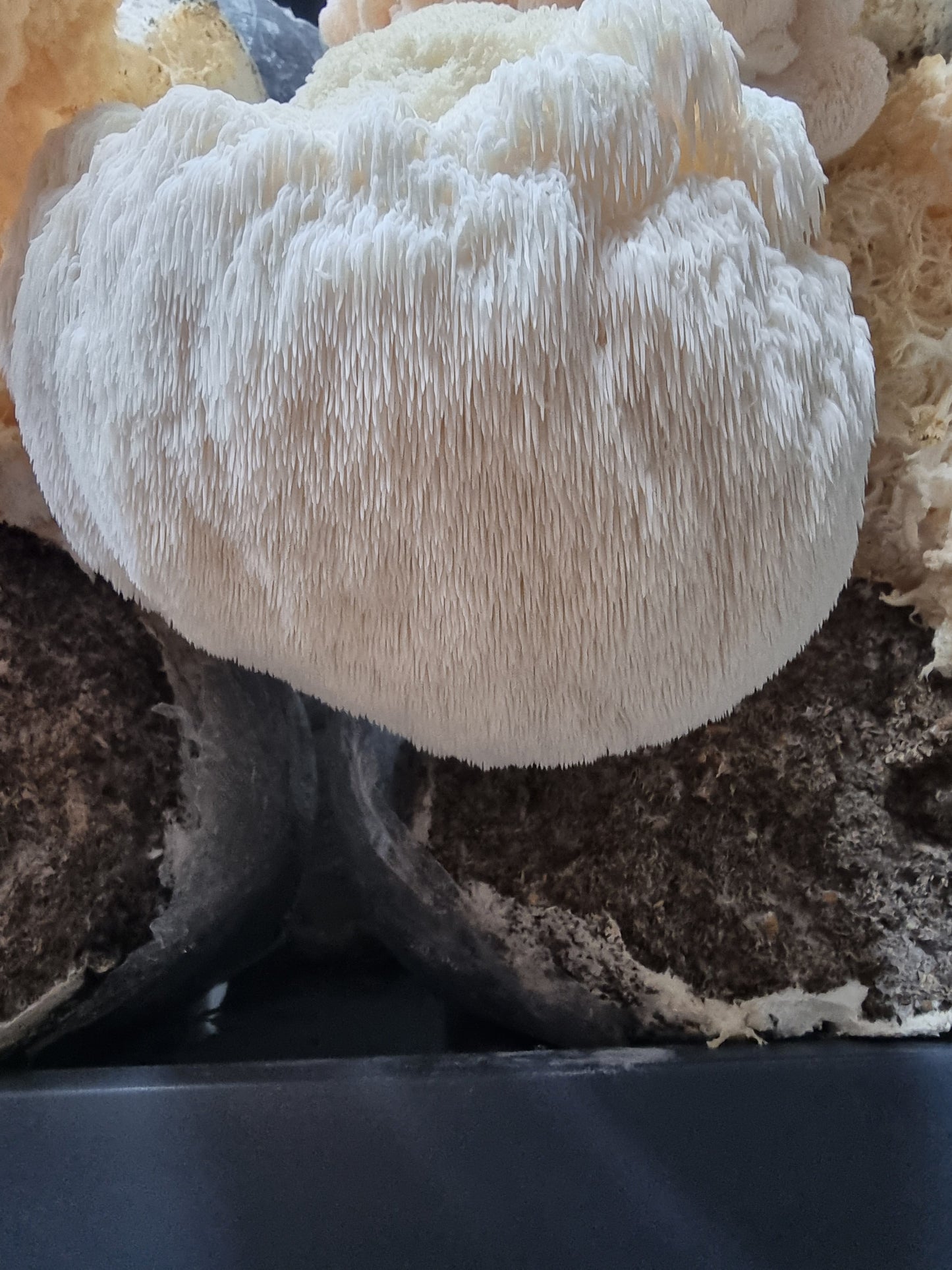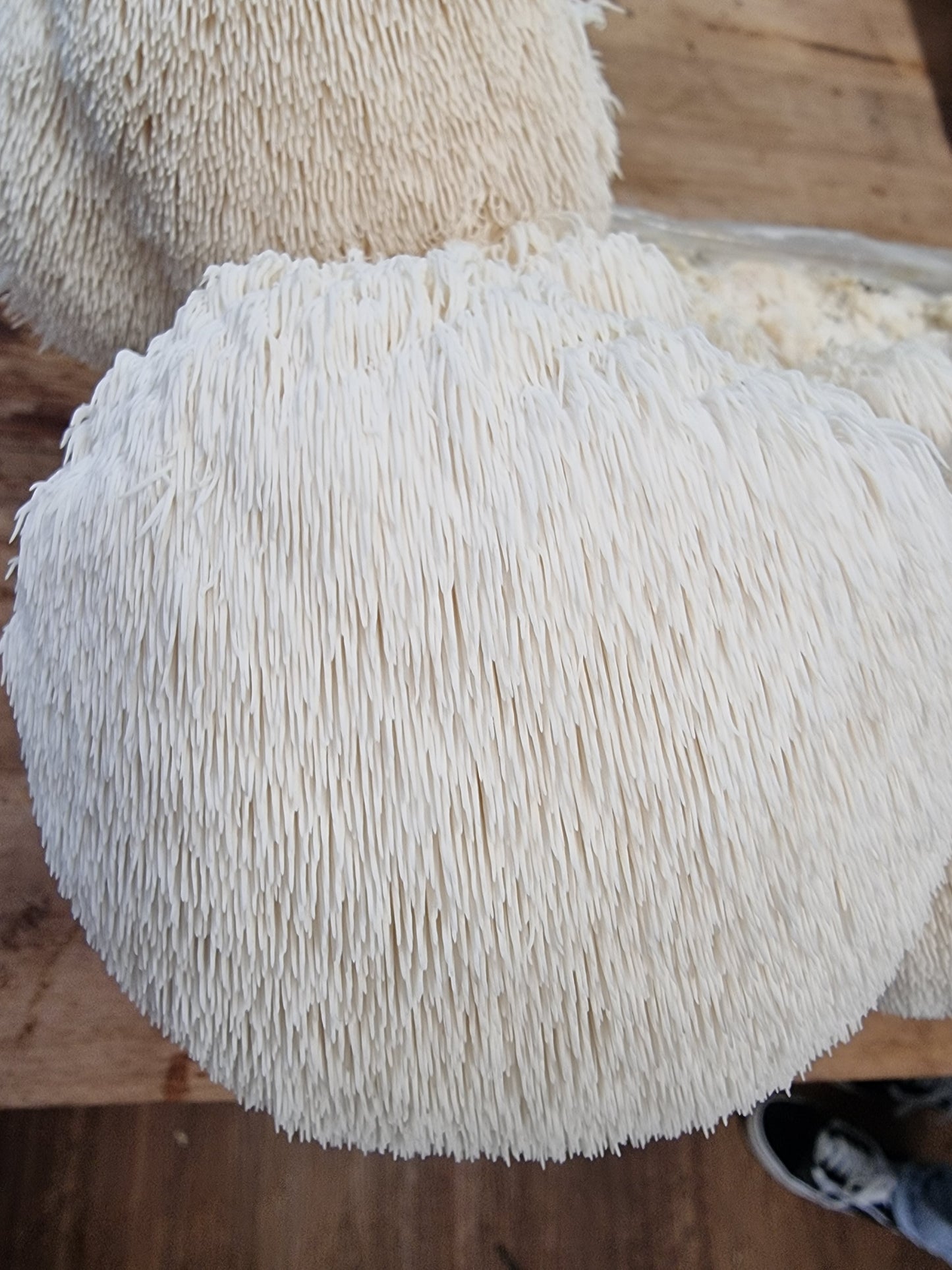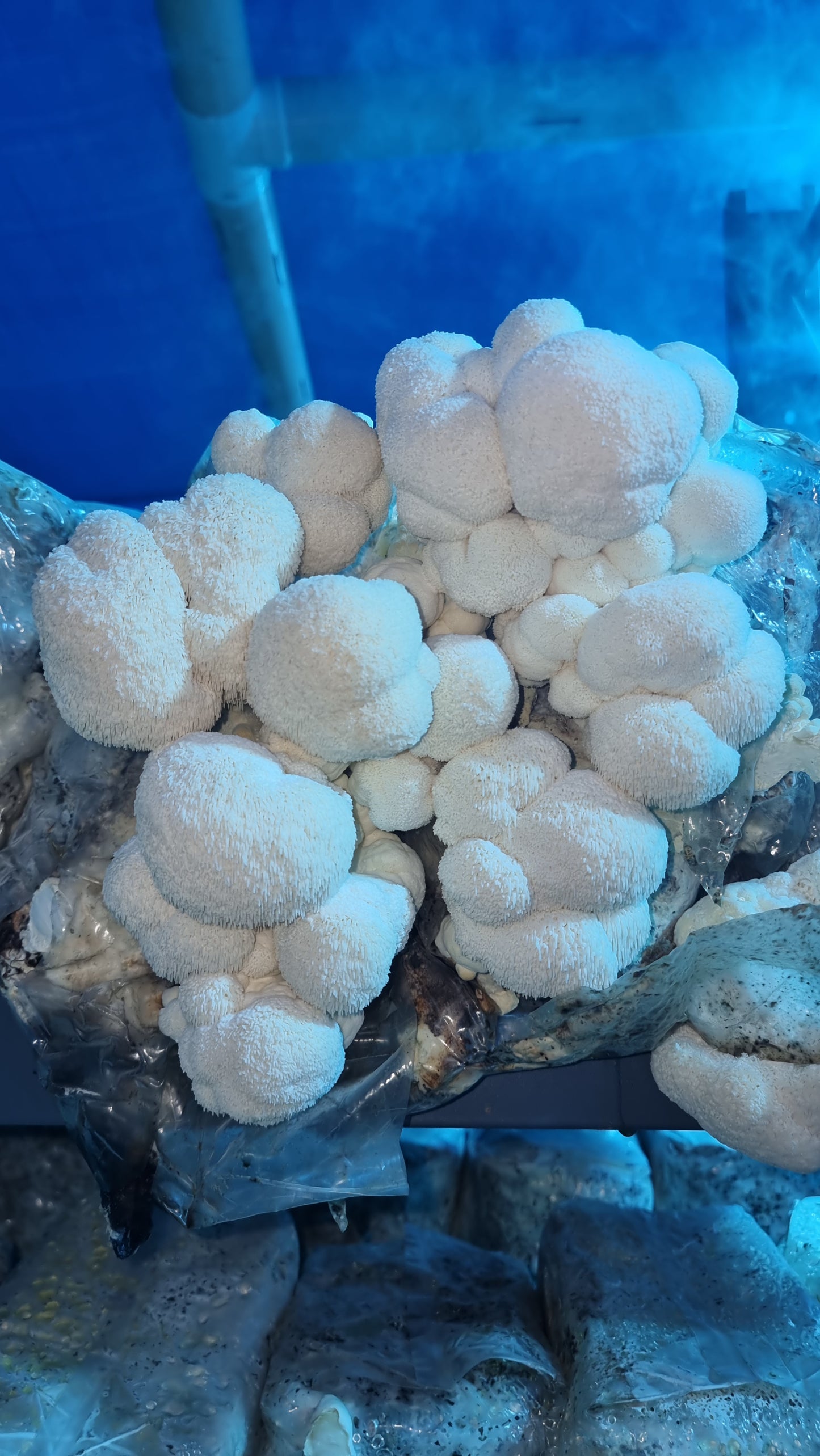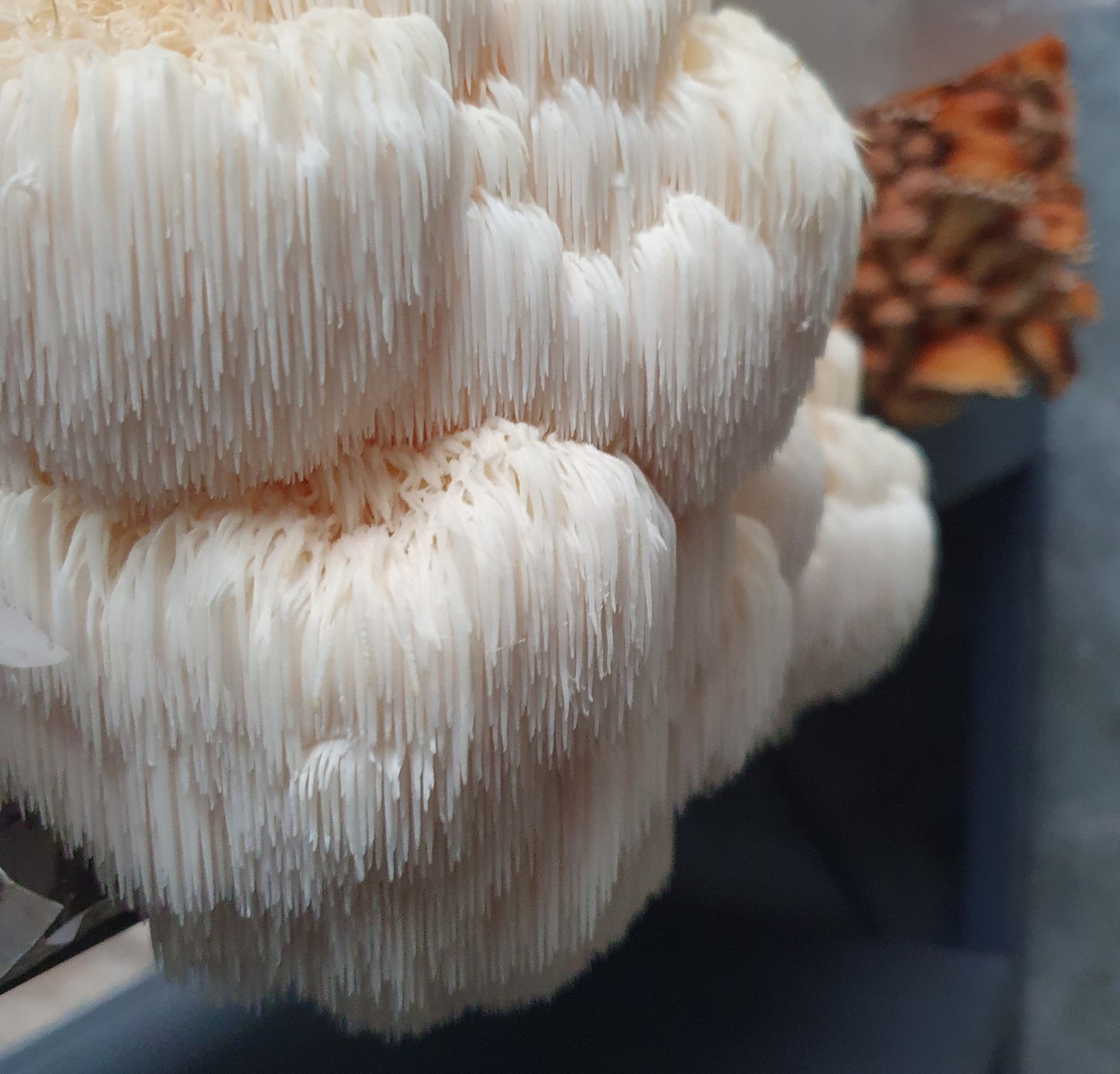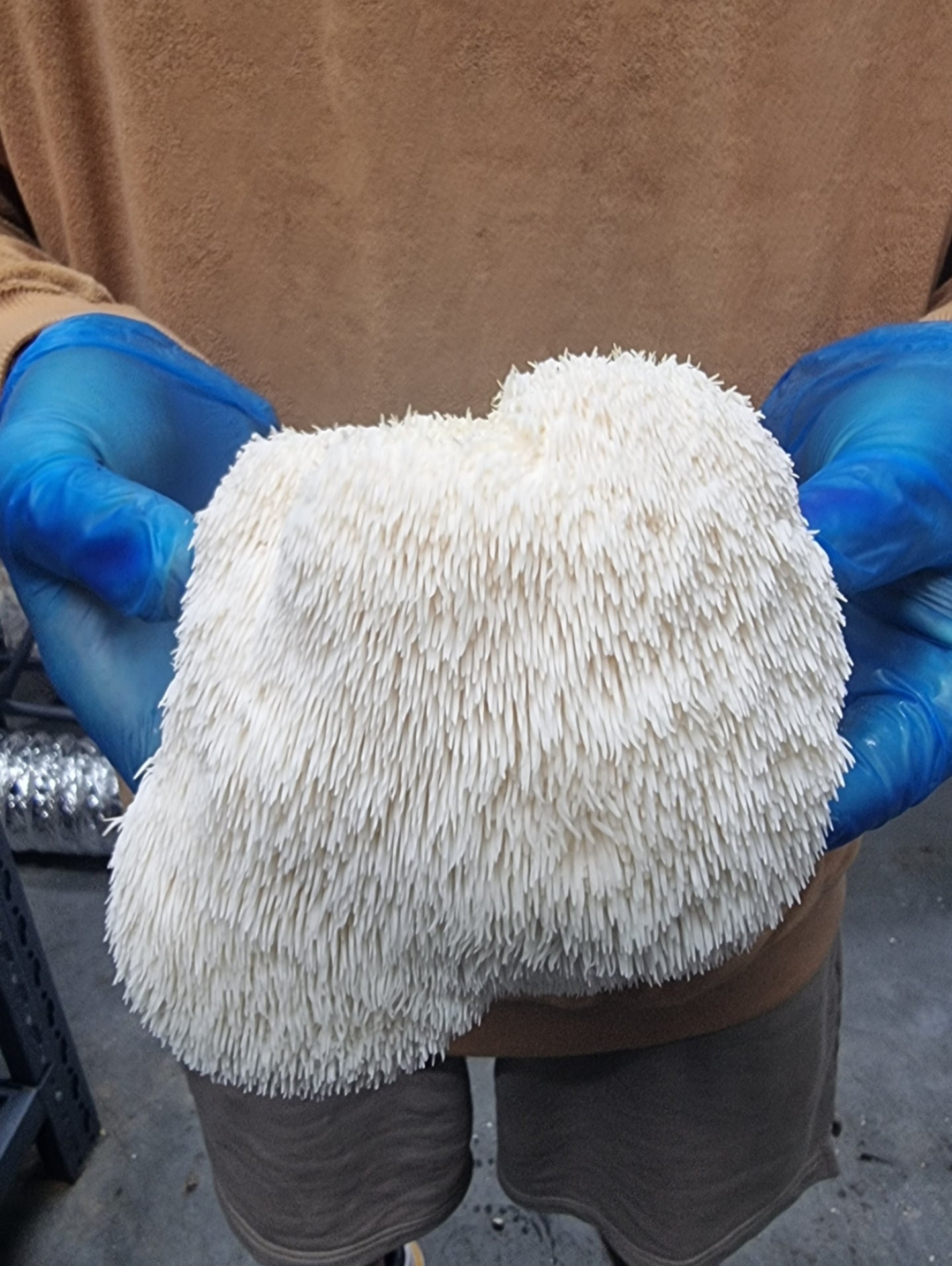Have you ever reached for mushrooms only to find them slimy and tasteless? One day, they're fresh, the next, they're ruined. The truth is, mushrooms are more delicate than most people realise.
Store them wrong, and they spoil fast. Are you making this common mistake? The key isn’t just whether to refrigerate or not—there’s a simple trick to keeping them fresher for longer.
Want to know how to stop wasting mushrooms and money? Keep reading to discover the secret to extending their shelf life!
Preparing Mushrooms for Storage

Extend the life of your mushrooms with simple storage tips! Learn how to properly clean, store, and handle mushrooms to keep them fresh and flavorful longer. Don’t let moisture or bruising spoil your fungi – discover the key steps to avoid sliminess and mould today!
- Step 1: Clean the Mushrooms: Use a soft brush or a dry cloth to gently remove dirt from the surface of the mushrooms. Avoid rinsing mushrooms under water, as they are highly absorbent and can become soggy, leading to faster spoilage.
- Step 2: Handle with Care: Gently handle mushrooms to prevent bruising, which can accelerate deterioration. If the mushrooms are particularly dirty, use a damp cloth to wipe them, but ensure they are thoroughly dried before storage.
- Step 3: Choose the Right Storage Container: Store fresh mushrooms in a breathable container like a paper bag or a container with ventilation holes. This allows air circulation and reduces moisture buildup, preventing the mushrooms from becoming slimy or developing mould.
- Step 4: Dry Sliced or Cut Mushrooms: If you're storing sliced or cut mushrooms, ensure they are completely dry before placing them in a storage container.
- Step 5: Seal and Store: For longer storage, you can use an airtight container or a resealable bag, but avoid trapping excess moisture inside, as it can lead to spoilage. Place the container in the main compartment of the refrigerator, not the crisper drawer, as the latter is too humid for mushrooms
Preparing Mushrooms for Storage

Proper preparation is key to extending the shelf life of your mushrooms and ensuring they stay fresh. Before storing, clean mushrooms carefully to remove any dirt. Use a soft brush or a dry cloth to gently wipe off dirt. Avoid rinsing mushrooms under water, as they are highly absorbent and can become soggy, leading to faster spoilage.
Handling mushrooms gently is crucial to avoid bruising, which can accelerate deterioration. If the mushrooms are particularly dirty, use a damp cloth to clean them, but make sure to dry them thoroughly before storage.
For fresh mushrooms, store them in a breathable container, like a paper bag or a container with ventilation holes, to allow air circulation and reduce moisture buildup. This helps prevent them from becoming slimy or developing mould.
For sliced or cut mushrooms, ensure they are completely dry before placing them in a storage container. Use an airtight container or a resealable bag if you prefer, but remember to avoid excess moisture.
Storing Fresh Mushrooms

Storing fresh mushrooms the right way can be the difference between a delicious meal and a slimy mess in your fridge. Have you ever reached for your mushrooms, only to find they’ve lost their texture or turned a little… off?
Here’s the thing most people don’t realise. Your storage method could be ruining them. The secret to keeping your mushrooms fresh starts with choosing the right container. A breathable option like a paper bag or a container with small ventilation holes? It’s a game-changer. Why? Because air circulation is your best friend, and without it, moisture builds up quickly, leading to that dreaded slimy texture.
But wait—there’s more! While you might be tempted to toss them in the crisper drawer, don’t. That’s where mushrooms go to die. The crisper is too humid, and mushrooms thrive best in the main compartment of your fridge, ideally between 1°C and 4°C.
Here’s a critical tip most people miss, never wash mushrooms before storing them. That extra moisture? It’s a fast track to spoilage. Instead, clean them just before cooking. And if they’re already pre-washed, a soft brush or a damp cloth will do the trick—just make sure they’re dry before going back into storage.
Want to keep them fresh even longer? Consider investing in mushroom-specific storage containers that regulate airflow and humidity. But don’t stop there—check regularly for signs of spoilage. One bad mushroom can spoil the bunch!
Are you ready to make these small changes and keep your mushrooms fresher longer? With these simple storage hacks, you can stay ahead of the spoilage game!
Storing Cooked Mushrooms

Storing cooked mushrooms the right way can make all the difference between a delicious meal and one that’s lost its flavour—or worse, gone bad. But here's the question most people miss:
Are you cooling them properly? You might be tempted to toss your cooked mushrooms straight into the fridge after dinner, but here’s the catch—placing them in while still warm can raise the fridge’s temperature and risk spoiling other foods. Instead, let them cool completely first. But that’s just the beginning.
What’s next? Once cooled, it’s time to transfer them into an airtight container. This step is crucial to keep moisture and any contaminants away. And here’s a little pro tip: Don’t forget to label the container! Trust me, it’s easy to lose track of how long they’ve been in there.
But what if you want to store them even longer? Freezing cooked mushrooms is your best bet. But there’s a right way to do it: portion them into meal-sized amounts and pack them in freezer-safe containers or bags. This way, they’ll last up to 3 months, ready to be thawed when you need them.
Just remember, once you reheat those mushrooms, there’s no going back. Reheating them more than once can mess with their texture and even pose safety risks.
Are you wondering how to thaw them? You can put them in the fridge overnight or toss them straight into a hot pan from frozen.
Ready to keep your mushrooms fresh and flavourful for longer? These steps will ensure every bite stays as tasty as the day you cooked them!
Storing Dried Mushrooms

Storing dried mushrooms properly is the key to unlocking their long shelf life and preserving that rich, earthy flavour. But here’s a mistake many people make…
Are you exposing them to air? Dried mushrooms may seem tough, but they’re highly sensitive to moisture. To protect them, start by sealing them in an airtight container. This step is critical whether you use glass jars, plastic containers, or even vacuum-sealed bags. But wait—there’s more.
Where you store them matters too. A cool, dark place like a pantry or cupboard is perfect. Why? Because heat and sunlight can zap the flavour right out of those mushrooms. Aim to keep the temperature between 15°C and 20°C, with low humidity to maintain their peak quality.
Wondering how long they’ll last? Dried mushrooms can stay fresh for up to a year, but for the best taste, try to use them within 6 to 9 months. Of course, always do a quick check before cooking—if they smell off or show signs of mould, it’s time to toss them.
But what if you’ve rehydrated too many? Don’t worry. Leftovers can be stored in a sealed container in the fridge for up to a week. If you need to extend their shelf life, you can freeze rehydrated mushrooms and enjoy them later.
Ready to make your dried mushrooms last? Follow these simple storage tips and keep their flavour locked in for months!
Types of Mushrooms and Their Storage Needs

Not all mushrooms are created equal, and their storage needs can vary. Discovering how to treat each type ensures you're preserving their best qualities.
Common Mushrooms
- Button Mushrooms: The most common, they need to breathe. Keep them in a paper bag in the fridge.
- Portobello Mushrooms: These are larger and have a meatier texture, best stored in a cool, dry place.
- Shiitake Mushrooms: Store them similarly to button mushrooms, but be aware that they’re more delicate.
Specialty Mushrooms
- Oyster Mushrooms: Fragile and easily bruised, these require more gentle handling.
- Morels: Known for their sponge-like texture, they need to be kept dry to avoid mould.
- Chanterelles: Best stored in a ventilated container, these mushrooms are more sensitive to moisture.
How Long Do Fresh Mushrooms Last?

Curious how long your mushrooms can last? The freshness window varies by type and storage method, but here’s what you need to know.
When stored properly, fresh mushrooms typically last 7-10 days. However, factors like humidity, temperature, and packaging can impact this.
- Button Mushrooms: Up to 7 days.
- Portobello Mushrooms: 5-7 days.
- Shiitake Mushrooms: 5-7 days.
If they start to develop a slimy texture or dark spots, it's a sign they’re no longer safe to eat.
Signs of Spoilage

Recognising the signs of spoilage is crucial to avoid consuming bad mushrooms and ensuring food safety. Here are key indicators to watch for:
- Visual Changes: Spoiled mushrooms may exhibit discolouration, such as dark spots or an overall dull appearance. Fresh mushrooms should be vibrant in colour. If you notice any mould growth, particularly a green or blueish tinge, discard them immediately.
- Texture: Fresh mushrooms are firm to the touch. Spoiled mushrooms often become slimy or sticky, indicating excess moisture and bacterial growth. They may also feel mushy or overly soft, rather than retaining their usual texture.
- Odour: A fresh mushroom has a mild, earthy aroma. If mushrooms develop a strong, unpleasant smell or a sour odour, it's a sign they have gone bad. A rancid smell is a clear indicator of spoilage.
- Taste: If you're uncertain, try a small piece. Spoiled mushrooms will have an off-or bitter taste compared to their usual flavour.
Tips for Extending Shelf Life

Extending the shelf life of your mushrooms ensures they remain fresh and flavourful for as long as possible. Here are essential tips to help you maximise their longevity:
1. Store Properly
Use breathable containers for fresh mushrooms, such as paper bags or containers with ventilation. This helps prevent moisture build-up, which can lead to spoilage. For dried mushrooms, keep them in airtight containers in a cool, dark place.
2. Keep Moisture in Check
Excess moisture accelerates spoilage. For fresh mushrooms, avoid washing before storage. If cleaning is necessary, use a dry cloth or brush and ensure they are completely dry before storing. For cooked mushrooms, cool them thoroughly before refrigerating or freezing.
3. Use the Right Temperature
Maintain optimal storage temperatures—fresh mushrooms should be kept at 1°C to 4°C in the fridge. Dried mushrooms should be stored at 15°C to 20°C. Avoid fluctuating temperatures and direct sunlight.
4. Monitor Regularly
Check stored mushrooms frequently for any signs of spoilage. Promptly remove any affected mushrooms to prevent them from contaminating others.
Conclusion
Incorporating proper storage techniques can significantly extend the freshness and flavour of your mushrooms. By selecting the right variety, preparing them correctly, and storing them under optimal conditions, you ensure the best quality for your meals. Start implementing these tips today to enjoy mushrooms at their peak.
